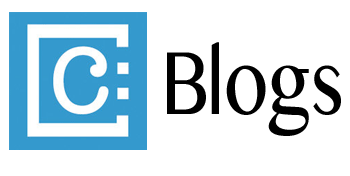
In the art world, deaccession is generally defined as permanently removing a work of art from a collection. Art museums, libraries, and other collecting institutions may use a deaccession process to remove pieces from their collections for a variety of reasons. Because of the nuances of municipalities and other public agencies that commission or own artworks, the processes for removing artworks from their collections aren’t easily transferable from their museum or library counterparts. In response, many public art programs have adopted a deaccession procedure as part of the collection management policies. A few examples of these procedures are Florida’s Art in State Buildings Program Deaccession Policy and San Francisco Arts Commission Policies and Guidelines for the Civic Art Collection.
There is still research to done on best practices for deaccessioning a public artwork, but we do know that a thoughtful process is key to addressing the issues that surround an artwork being considered for removal. When developing a deaccession process or policy, consider including the following:
Be clear for the reason to remove the art. Many policies have a section for criteria to remove an artwork. The City of Fredericksburg Public Art Policy outlines several reasons to deaccession an artwork, including among others: it has deteriorated or has been damaged such that restoration is impractical, unfeasible, or would render the work false; it no longer exists due to theft, accident, or natural disaster; and it has been determined to be significantly incompatible or inferior in the context of the collection.
 Work with professionals. Art historians and conservators are a few of the professionals to consider working with during the deaccession process. Their expertise can help providing context for the artworks and understanding the condition of the artwork. Developing a deaccession committee may be a way to include professionals in the process. The city of Chapel Hill Artworks Deaccessioning Policy utilizes a committee as part of their procedures.
Work with professionals. Art historians and conservators are a few of the professionals to consider working with during the deaccession process. Their expertise can help providing context for the artworks and understanding the condition of the artwork. Developing a deaccession committee may be a way to include professionals in the process. The city of Chapel Hill Artworks Deaccessioning Policy utilizes a committee as part of their procedures.
Connect with the artists or artists’ estate. The artists whose artwork is under consideration for deaccessioning should be part of the process. Their engagement can help pave the way for understanding the context of the work and the material make up, and be a part of the community engagement process. The Public Art Network Council adopted a series of Proposed Best Practices For Public Art Projects, which outlines a few ways to work with artists through collection management processes.
Be inclusive of the community. Community inclusivity is a key component to any public art process. Public art can help define and reflect the values and goals of a community and having their input on what will or will not be in thier public spaces is vital to a successful deaccessioning process. In Americans for the Arts’ Statement on the Intersection of the Arts, History, and Community Dialogue, we go into depth on our view of how community dialogue is important for addressing contentious artworks and topics.
The deaccessioning of a public artwork requires a thoughtful policy to guide the process to completion. If you are interested in learning more about current ideas and thoughts on deaccessioning and the permanence of public artworks, check out the blog post “It’s Not Forever”: Temporary Works and Deaccessioning.
